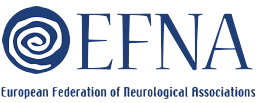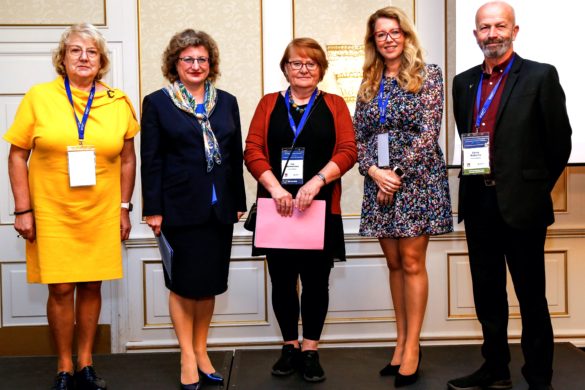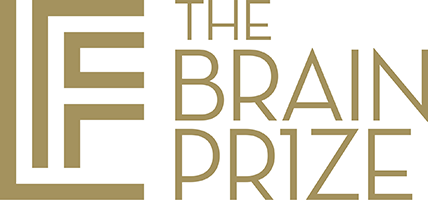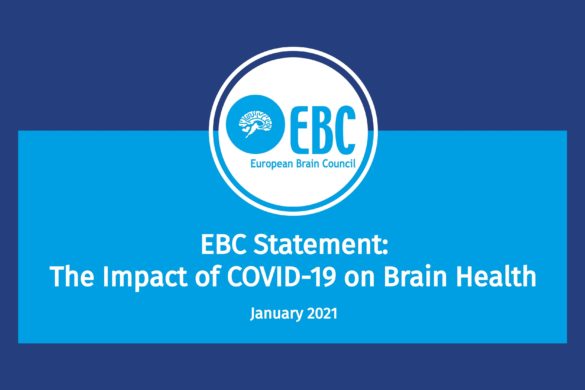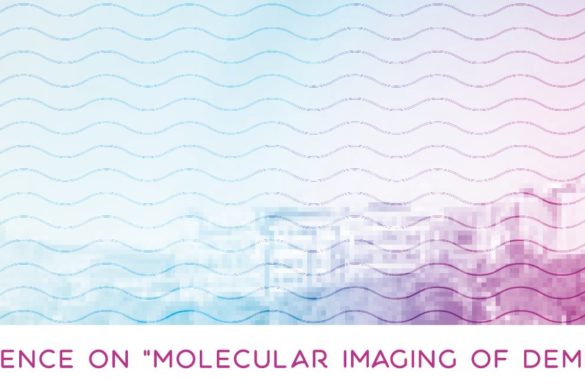by Mohammad Wasay & Wolfgang Grisold
 The first World Brain Day was started by World Federation of Neurology in 2014 with the slogan “Our brains-Our future”. This global campaign was designed to promote awareness about brain and neurological diseases and to promote brain health. A large number of national societies organized activities and media events. Hundreds of newspaper items and media posts were created and shared via electronic, print and social media.
The first World Brain Day was started by World Federation of Neurology in 2014 with the slogan “Our brains-Our future”. This global campaign was designed to promote awareness about brain and neurological diseases and to promote brain health. A large number of national societies organized activities and media events. Hundreds of newspaper items and media posts were created and shared via electronic, print and social media.
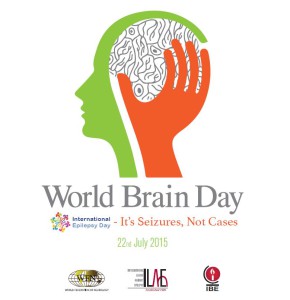 For 2015, the WFN has identified “Epilepsy” as theme for brain day campaign. In January 2015, World Health Organization (WHO) approved a board resolution and a call for coordinated efforts to address health, social and public knowledge implications of epilepsy. This is a landmark event for creating improved awareness and care across the world especially resource limited countries.
For 2015, the WFN has identified “Epilepsy” as theme for brain day campaign. In January 2015, World Health Organization (WHO) approved a board resolution and a call for coordinated efforts to address health, social and public knowledge implications of epilepsy. This is a landmark event for creating improved awareness and care across the world especially resource limited countries.
Hence, World Brain Day activities will be organised in collaboration with the International League Against Epilepsy (ILAE) and International Bureau of Epilepsy (IBE). WFN is working with WHO to organise a joint press conference on 22 July, 2015.
Epilepsy is one of the most common preventable and treatable neurological disorders in world. There are more than 50 Million people living with epilepsy. It could be deadly if not properly treated. Untreated epilepsy is associated with 3-6 times increased risk of premature death. Most of patients (almost 80%) live in low and low-middle income countries and 75% of those affected do not have access to treatment. This is most alarming as more than 70% patients with epilepsy can lead a normal life if properly treated. Major reason for not having access to treatment (treatment gap) is lack of awareness, societal misconceptions (known as stigma), availability and affordability of anti-epileptic medications. It is a low priority area for most of the developing countries governments.
Epilepsy societies especially ILAE, IBE and national neurology and epilepsy organisations have been working for decades. There aim is to create public awareness and physicians education. WHO resolution and WFN World Brain Day campaign will provide a boost and momentum to this ongoing mission. We are extremely optimistic that a joint advocacy campaign by WHO, WFN, ILAE and IBE will create innumerable activities at national and local levels leading to increase governmental awareness and action regarding care and treatment of epilepsy.
This World Brain Day campaign on epilepsy would like to emphasise on prevention. The most important causes of epilepsy include peri-natal brain injury, infections, traumatic brain injury, and stroke. All of these conditions are preventable.
The target of this campaign is the public. We need to create clear messages in local languages and promote them via electronic, social media, billboards, banner, events etc. The next important area of intervention is healthcare authorities and policy makers. Our campaign should result in policy and priority shift at national or local level. We have to plan targeted activities to facilitate this outcome. Another important area of intervention is awareness and training of general practitioners, nurses and paramedical staff. Involvement of media is a must. Celebrities, scientists and sports personalities with epilepsy could be a part of this advocacy campaign.
Mohammad Wasay MD, FRCP, FAAN is Chair of the Public Awareness and Advocacy Committee of the WFN and Co-Chair of the World Brain Day Organizing Committee. He works at Aga Khan University, Karachi, Pakistan.
Wolfgang Grisold, MD is Secretary General at WFN and Co-Chair of the World Brain Day Organizing Committee.




